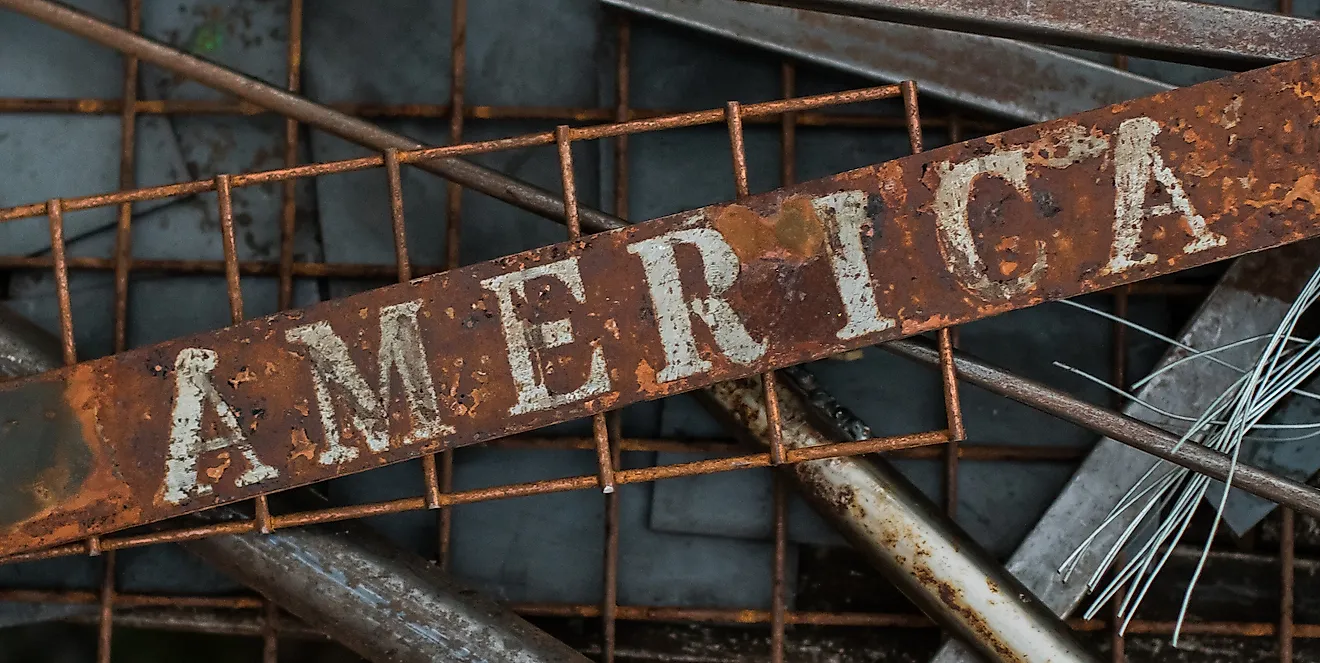

By 2019 just 12.8 million workers, or nine percent, were employed in the manufacturing sector. hit its peak manufacturing employment, when 19.6 million workers, or 22 percent of the non-farming workforce, were employed in the manufacturing sector. A look at Bureau of Labor Statistics data demonstrates this. What all of these cities have in common, however, is that they do not carry the same manufacturing legacy that cities like those on the Great Lakes did. In fact, I’d argue that Indianapolis, Columbus and Minneapolis benefitted from this model before their Southern brethren the Southern cities have managed to make it pay off far more for them because they’ve been far stronger migration destinations. In my view they’re employing the same model that metros like Nashville, Austin, Raleigh, even Atlanta, have used as well – capitalize on being either the commercial center, state capital and home of a major university within a given state, or some combination of the three.

People tout Indianapolis, Columbus, Des Moines and Minneapolis as models for other Rust Belt cities to emulate. Those who said that Rust Belt metros should emulate what other successful Rust Belt metros are already doing, or worse yet, what other coastal and Sun Belt metros are already doing, aren’t fully understanding the differences. I think it’s instructive to examine the routes taken by certain metros to raise their economic profiles, and determine if those routes are actually feasible to others.

And then there was me, from the nation’s heartland, feeling mostly irrelevant in the discussions. They generally agreed with the Californians on the negatives of coastal urbanism. A handful of East Coast people were also there. A smaller number of California expats who recently moved to Texas chimed in, touting the Texas urban growth model. The conference had a few California natives there, mostly railing against the problems of the Golden State’s high-cost economy and lifestyle. The “Restoring the Urban Middle Class” conference left a lot to be desired, in my opinion. Here’s a followup to the post from earlier this week about my experience at a “Restoring the Urban Middle Class” conference in Houston a couple weeks ago.įirst, a quick recap of the earlier piece.


 0 kommentar(er)
0 kommentar(er)
